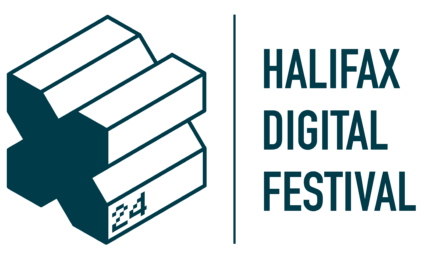4 lessons we can learn from the hang drum
I first came across the hang drum a few years ago. My wife and I were on a weekend trip to Barcelona, and had decided to go for a wander through Park Güell in Barcelona. As someone who spent most of his twenties listening to some pretty obscure music, I know of some very random instruments (the Theremin, anyone?). So the odd sound that was sweeping across the park intrigued me.
When I got home, I scoured the internet trying to find out what on earth this magical instrument was called, and more importantly, how I could buy one.
As you’ll have guessed, I discovered it’s called a hang drum but getting my hands on one has sadly still eluded me to this day!
Ok, so aside from the fact it sounds great, why have we brought up the hang drum on this blog?
Well, there’s a lot we can learn from the mysterious hang drum that we can apply to our own businesses. Here are 4 reasons I think it’s worth a mention:
It’s an amazing product
The desirability of the hang drum is built into its design. The shape of the instrument allows it to produce an incredible sound and, as you’ll have gathered from my first encounter with the hang drum, the sound markets itself.
When you’re developing your business, it’s easy to focus your attention on marketing and sales activity to bring in business. But, whilst marketing is essential to your success, it can only amplify the quality of your offering. If your product or service isn’t up to scratch, your marketing is always going to be stunted.
Working hard to have a great product or service before you start will make your marketing efforts a lot easier and more cost-effective.
Storytelling is at the core of its success
The mystery behind the manufacture of the hang drum adds to its appeal. Its makers are of mythical proportions; there’s even talk of bearded Swiss men high up in the mountains crafting each drum individually. The lack of information about how you can get your hands on one only adds to the intrigue of the hang drum.
Using stories in your marketing can encourage conversation about your product, increase engagement with it and make it more desirable.
It uses the power of scarcity to fuel demand
Until a couple of years ago, buying a hang drum wasn’t easy. You couldn’t simply order a hang drum, you had to enter a lottery to be in with a chance of buying one. Although PanArt, the company that originally made the drums, has now branched out into other instruments that are heaps easier to buy, the exclusivity of the hang drum in previous years resulted in some frustrated comments on YouTube – “why can’t I just buy one?!?” – and some exorbitant prices on eBay!
In this age of abundance, it may seem sensible to make your digital product or service widely available to as many as possible, particularly as the marginal costs of digital products are usually much less than selling a product face-to-face (which is probably the reason you went digital in the first place).
However, the effectiveness of the PanArt approach suggests there could be commercial value in bucking the trend and restricting the supply of your product.
Many have adopted this approach successfully. A great example is Ramit Sethi who uses scarcity to market his courses. Rather than allowing people to sign up to his courses at any time (known as ‘evergreen’ courses), people can only enrol within a short time period each year. By imposing a time limit on his supply, he can create real demand for his courses, particularly as his offering has real deadlines, rather than fake ones (people are savvy these days and can spot a fake deadline a mile off!).
Check out the writings of Nir Eyal for more about using the psychology of scarcity to create a desire for your product or service.
It turns its users into unwitting advocates
I didn’t discover the hang drum through a billboard advert, a Twitter post or an affiliate link. Instead, I saw the hang drum being played in a public space by an amateur who’d spent weeks, months, or maybe even years, developing their craft.
And now, I’m here telling you about it, spreading the word about the hang drum!
Surely that’s the cheapest (and best) form of marketing?
—
So, how can you apply the lessons of the hang drum to your own marketing?
Consider the following:
- If you took some of your marketing budget and invested it into improving your product, would you have a better return on investment in the long run?
- Which stories could you use to market your products and services?
- Could you use scarcity to drive demand and increase prices?
- How easy do you make it for your customers to spread the word about your product or services?
Fresh insights direct to your inbox
Join the Candle Digital mailing list




